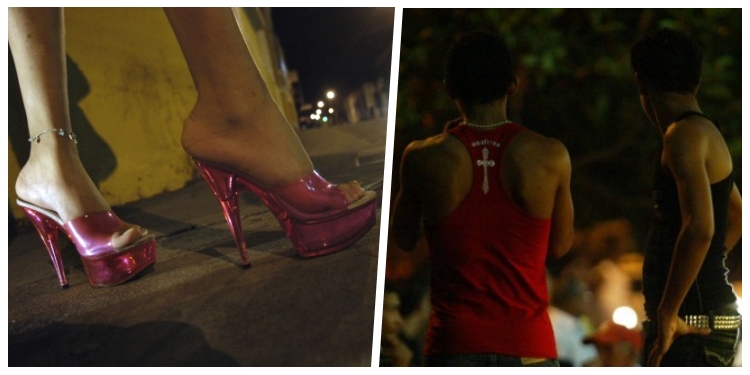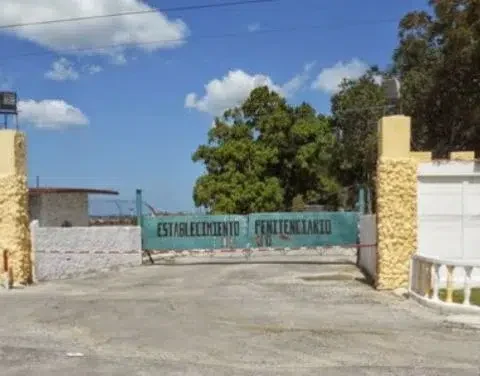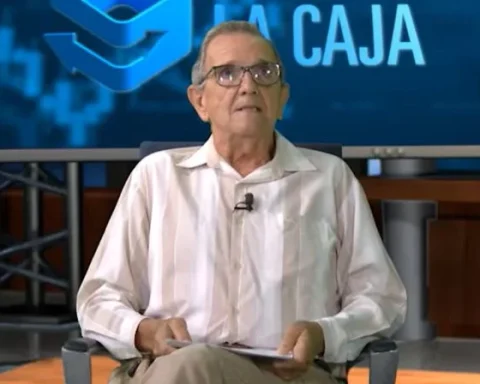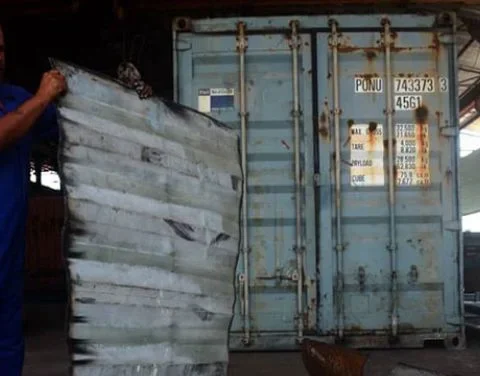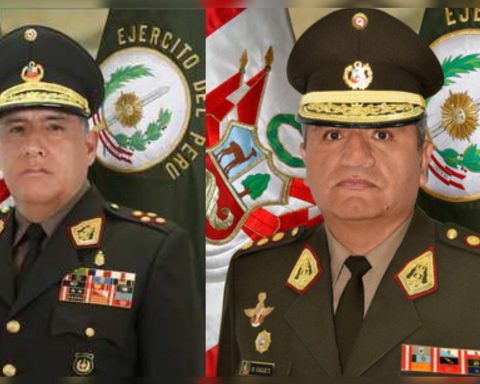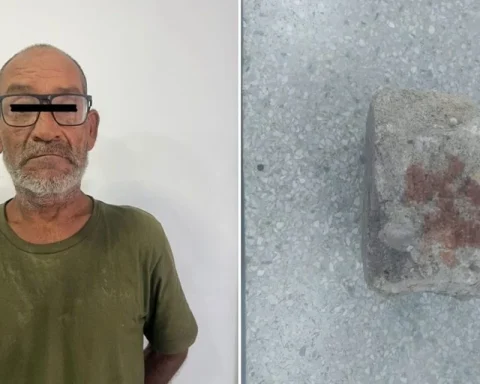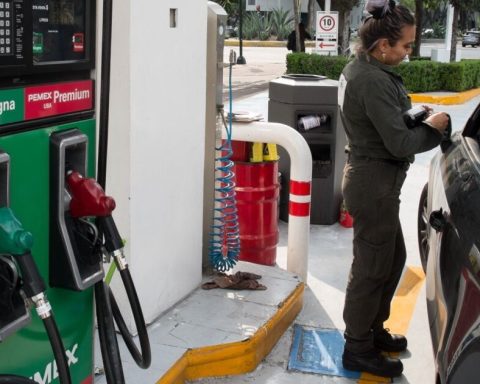AREQUIPA, Peru – The most recent Global Initiative Against Transnational Organized Crime Report (GI-TOC) addresses the current reality of Cuba, recognizing the presence of sexual exploitation and organized crime in the country.
According to the text, human trafficking remains relevant in Cuba, especially in the “form of sexual trafficking and labor exploitation,” the latter present in areas such as construction.
“Sex tourism and sexual exploitation occur within the country, but the extent of the market is difficult to measure,” the analysis stresses.
Although GI-TOC downplays the role of the Cuban Government and State, it states that “most of these criminal activities are carried out by individuals, not by articulated structures.”
It also points to the participation of national and foreign organised crime groups, but relegates the involvement of “actors integrated into the State” to a secondary position.
According to the report, these actors often control male prostitution for sex tourism and exploit foreigners from African and Asian countries in Cuban sex trafficking and forced labor markets to pay off travel debts.
In addition, there are allegations that authorities on the island force or coerce professionals to participate and remain in labor export programs.
“Human trafficking occurs in Cuba (…) the country of origin for people who are trying to reach the U.S. by sea or by flying to a Latin American country. In the latter case, land travel is facilitated by transnational smuggling networks, while local organised crime groups are often responsible for smuggling activities carried out by sea,” the platform notes.
“There are low-level extortion and protection networks, especially in prostitution and black market activities known as hustlingwhich can serve as a gateway to more sophisticated criminal enterprises,” he adds.
The GI-TOC is an independent civil society organisation, based in Geneva, Switzerland, with a Secretariat dispersed throughout the world and a high-level advisory board, highlights its official website.
Its network members (more than 600) include leading law enforcement, governance and development professionals who are dedicated to finding new and innovative strategies and responses to combat organized crime.
